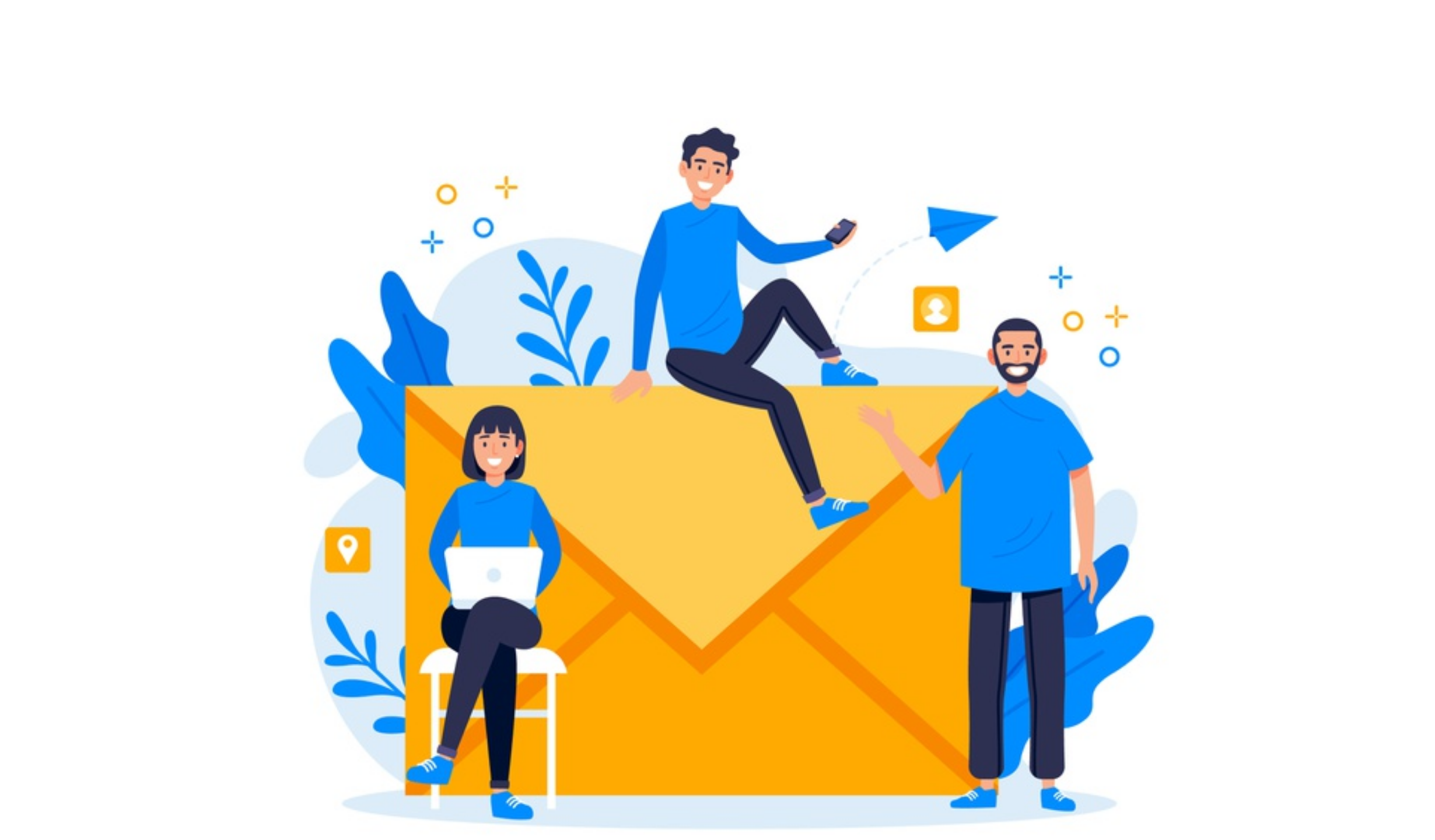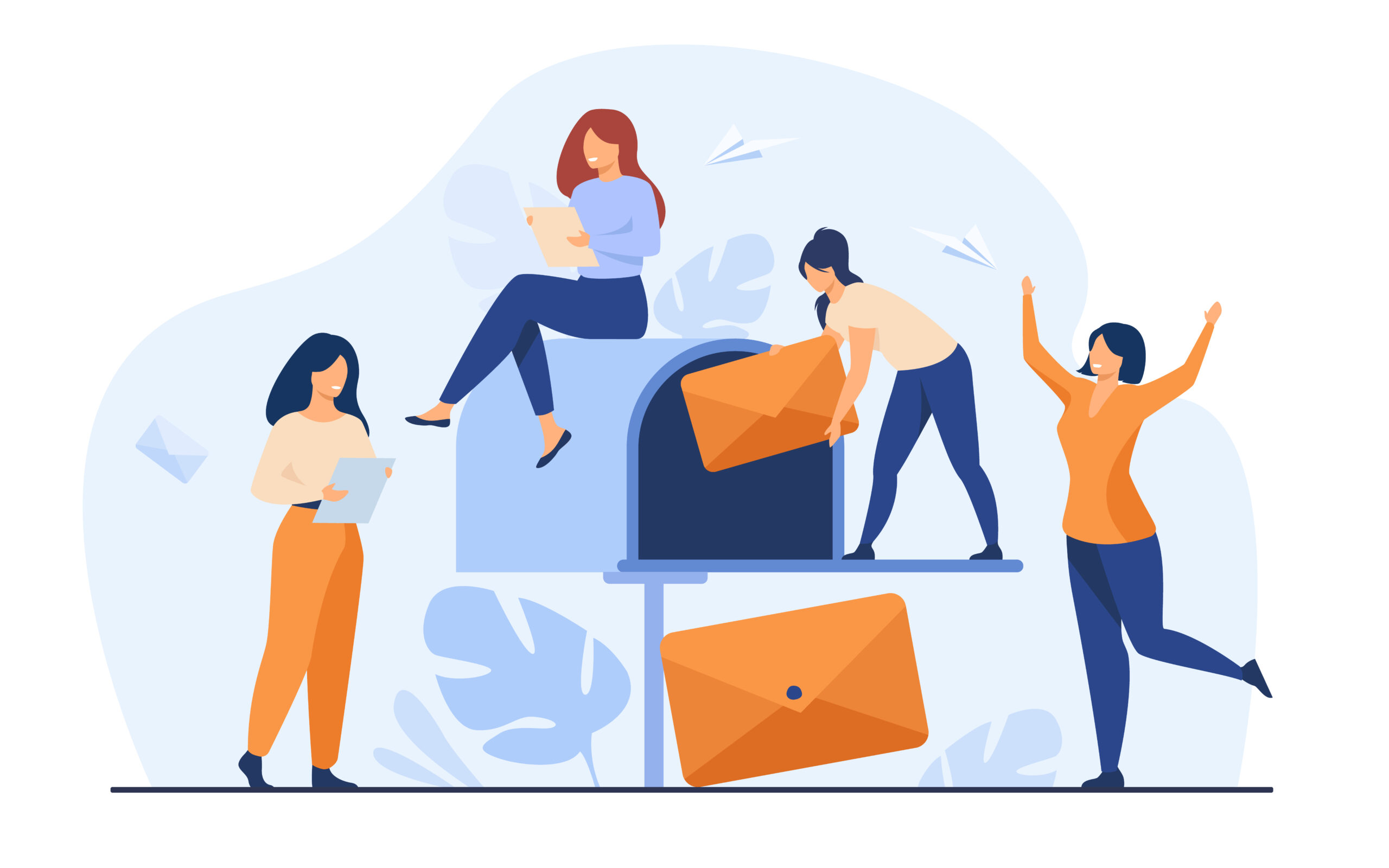Over the years, technology has advanced at such a fast pace. Together with this, marketing also evolved and there are many new ways of advertising your business. However, for decades, the one thing that remained in the business world is the use of email. From our previous blog post, we have discussed the basics of email marketing. Now, we’ll be digging a little deeper into the technical details, specifically, email sequencing. So, what is email sequencing? To put it simply, it is email marketing on autopilot. It is a series of automated emails sent to specific people on your email list. It aims to predict questions and give solutions to your prospects/customers. These emails are strategically designed to get prospects and keep existing customers. These can be sent based on time or trigger-based automation using email marketing software. A time-based email sequence contains messages that are sent at prearranged intervals. For example, an email is sent immediately after opt-in or annually after subscribing. While trigger-based emails rely on actions of the user such as browsing behavior, clicking a link in an email, shopping cart abandonment to name a few. For instance, a customer adds something to their cart and abandons it for some reason, a triggered email series can follow up for you.
Benefits of creating an email sequence
Since email sequences are automated, you only have to set them up once then, they work for you! That means saving you and your support team a lot of time and effort. More importantly, automated emails are proven to have the power to double your ROI. It provides the subscribers with a direct line of contact making it a very effective way to increase interest and conversions. Companies, in fact, have reported better statistics when it comes to obtaining new customers and keeping existing ones. When you own a business, social media is not the only way to promote your brand. Email sequencing is often overlooked and underrated but in reality, it is actually more effective than posting on other platforms.
Through email sequences, you are able to promote your business without getting worked up about the different social media platform algorithms. Statistics show that automated emails are more valuable than growing social media following. Instead of people scrolling mindlessly with the potential of missing your post, emails can provide more depth and impact since it is more personal and direct. On top of that, you don’t need to pay to promote your posts as it goes straight to their inbox and notifies them.
Different Types of Email Newsletters
1. Lead Nurturing Emails
You can tell from the name itself, these emails are aimed to nurture. It is a process of establishing a connection between businesses and consumers. But, what exactly do you need to nurture? Since your target audience here are prospects, your aim is to develop a deeper relationship by sending personalized messages to them. When leads visit your website and share their personal information, that already means that they are interested in your product. This is where these emails come in. The end goal is to make these leads into customers. Its purpose is to guide each prospect towards making a purchase by introducing and educating them about your products. What’s impressive about this kind of email is its personalized nature. Using data analytics and user behavior research, marketers are able to customize campaigns. These emails then guide users in making the transition from not knowing about your product, to considering to purchase, to making an informed decision. It is usually a slow and gradual process to give time to build trust and influence to acquire authentic engagement.
2. Conversion Emails
This sequence is when you try to convert your prospects into customers. When you have nurtured and established your relationship with subscribers, the next goal is to get them to take action and usually, it’s to purchase your product or service. You must tap into your creative side when creating conversion emails. A good subject line goes a long way. You have to make sure that it is interesting enough that users will open your email. However, keep in mind that you don’t want to be known as a clickbait brand so be sure that you deliver what you promised in the content.
3. Engagement Emails
When you have established a good foundation with your subscriber, engagement sequences can move them towards taking small-scale actions. Let’s look at Netflix for example. If you’re a Netflix subscriber, you know that they send automated emails that offer personalized recommendations. They get you to take small actions like checking the trailer or read the summary of the shows. This is where more interaction should take place. To make it effective, focus on personalization. That way, subscribers feel more important and paid attention to.
4. Onboarding Emails
Once you’ve got a subscriber’s attention, your next objective is to keep them interested. To do that, you send an automated email onboarding sequence to educate and make sure that your customers know about the hows and whys of your product. Ultimately, your goal here is to keep them engaged enough to buy from you or stick around for more. This could mean giving them a free trial to have them get a feel of what your product/service is like. If it is a sequence post-purchase, you would want to make sure that your customers understand how your product works. As a buyer, nothing is more frustrating than not understanding completely what you have just purchased. These emails must highlight why your product was worth purchasing. Instead of the usual list of features a product has, these emails must focus on presenting value.
5. Re-engagement and Abandonment Cart
Did you know that you lose one-fourth of your subscribers annually? We all know that we can unsubscribe easily with a tap on our screens. But, what you really want to focus on and reach are the inactive subscribers. A re-engagement email can help you get them back to interacting with you. People become inactive for various reasons. According to Sizzleforce Marketing, it is crucial to understand that people disengage for one of two reasons: either their needs change or your emails aren’t meeting their needs. Your emails must be centered on why you should be partners again.
The normal waiting time to send a re-engagement email sequence is 30 to 60 days after a subscriber becomes inactive. However, the real question is: What do you say? Well, you don’t have to make it complicated. Just like reconnecting with an old friend, start with a question. Ask them if they are still interested in your product or service. Keeping it straight to the point and simple would have more impact than bombarding them with too much information.
People abandon carts for many reasons. It could be because your payment process looks sketchy, you have a complicated checkout process, or they were just browsing and filling their cart for fun. For whatever reason, there is a way to get the attention of those customers back. The sequence usually consists of 3 emails. Firstly, you send a reminder, afterwards, address possible objections and finally, give incentives. However, if you feel the need to send more, go for it! Just be cautious and don’t come off too pushy.
6. Follow-up Emails
When you don’t get a response from a subscriber, you would want to check in. But the question is, when should you check in? Let’s take into consideration the fact that 91% of business emails are opened and read within the first 24 hours. Thus, does this mean you should send a follow-up sequence after a day? The answer is no. Timing and frequency are important factors when you want a subscriber’s time and attention. The general rule is to wait for 2 to 3 days before sending your first follow-up. If you appear too desperate and “spammy” you might end up losing customers. Based on research, the ideal number of follow-up emails to send is up to 5 in a span of one month. To start your sequence, it’s a good idea to keep an eye out for trigger events and ask about it. Afterwards, mention what you can offer them and share interesting content like an insightful article. To track down the efficiency of your follow-up sequence, create a firm set of rules as to time, frequency, quantity, and content. It’s vital that you remain consistent. If you are reaching out to hundreds of users, there are tools to help you create an effective follow-up sequence.
B. How to Create An Email Sequence
Step 1: Determine the objective of your sequence
Before anything else, set a goal for creating a sequence. As previously mentioned, different types have different goals. Focusing on one goal gives you a better turnout than covering multiple objectives at once. To make it a bit easier, ask yourself what you want to get out of from sending a sequence. Do you want to invite a prospect? Are you giving a sales pitch? Whatever it is, be clear with what your endpoint is. The last thing you want is for your subscribers to feel confused about what to take away from your emails.
Step 2: Plan the number of emails per sequence
Keep in mind that each email is important and should move your subscribers towards your end goal. Now, it depends on what type of sequence you are writing. There are different recommendations as to how many emails you should send per sequence but it is completely up to you.
Step 3: Write your sequence emails
When writing your emails, you want to anticipate what questions your subscribers have. Predict their pain points and offer solutions. It’s also very helpful to share personal stories to make it relatable. Use your success stories to inspire subscribers into opening more to your brand. Each email must have a main point and a teaching strategy. Another helpful tip is to tease your subscribers and send emails with a question to spark interest and curiosity.
Step 4: Determine the frequency of your emails
Frequency plays a great role in email sequencing. When you send too many emails, you risk sending your messages straight to spam. The frequency of your emails depends on how heavy your content is. For shorter sequences, you can do once a day while longer ones need to be spaced out. For instance, if you are in the middle of a big challenge that involves a call-to-action, you want to give them time to breathe and absorb the experience.
Step 5: Setting up the sequence of your software
Investing in reliable software to take care of your sequences is very important. There are various options to choose from. You can check the previous blog post to see what email marketing software we recommend. In the end, it’s all about finding the best fit for your business.
Step 6: Analyze the effectiveness of your sequence
Just like any marketing strategy, you have to analyze the efficiency of your email sequence so you can see where you need changes and make necessary improvements. There are software tools available to help you with this as well. Over time, record the results to have a better gauge on what works and doesn’t.
Creating automation all boils down to what you want to accomplish with it. Automated email software is very helpful but they are not mind-readers. You still have to control what you will be sending out. There are still a lot of details that go into each sequence type and if you need more guidance, Brightminds PH can help you on your journey in creating effective email sequences. If you still feel a little bit lost and want more information on specific subtopics of email sequencing, check out our website and set an appointment with us.


